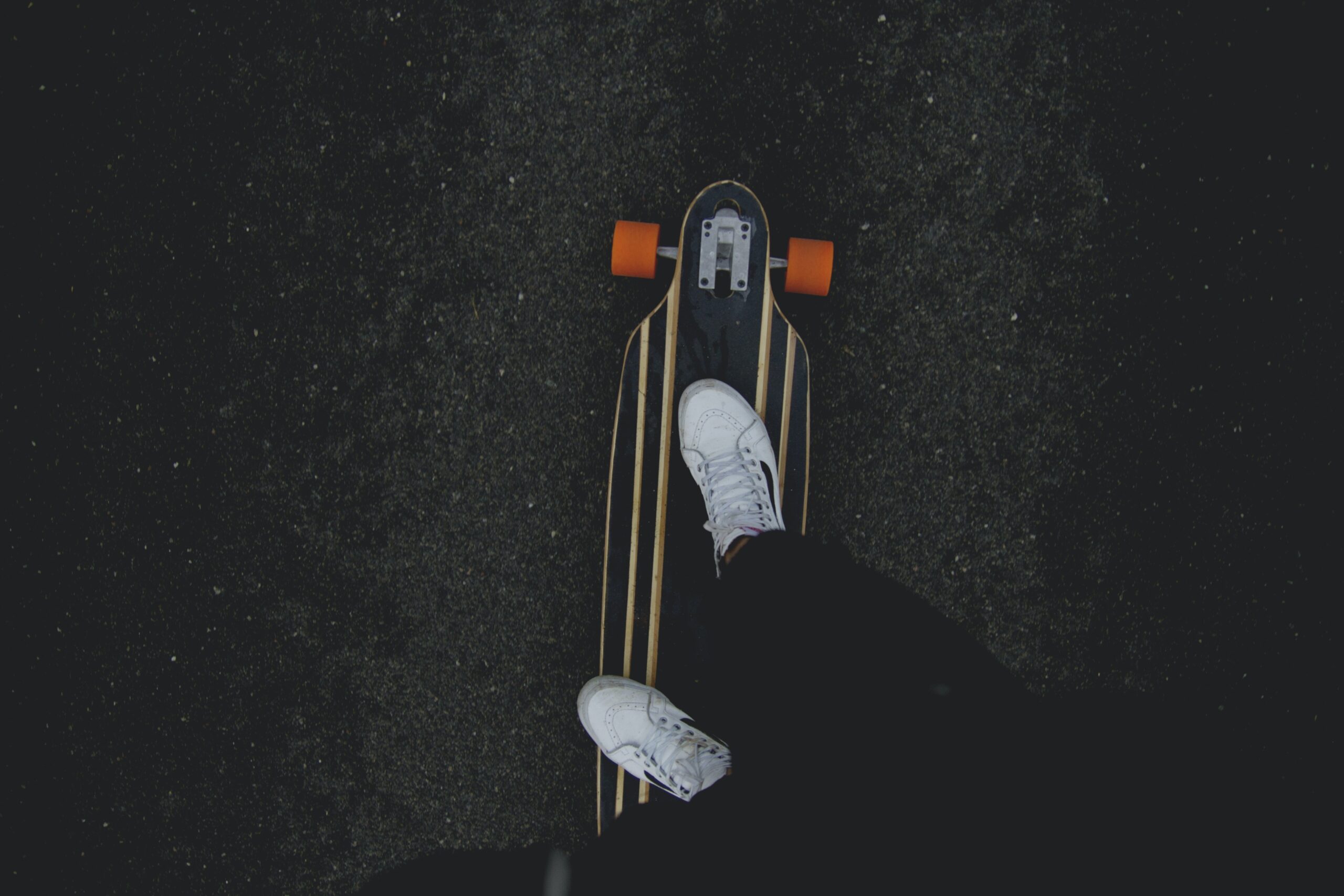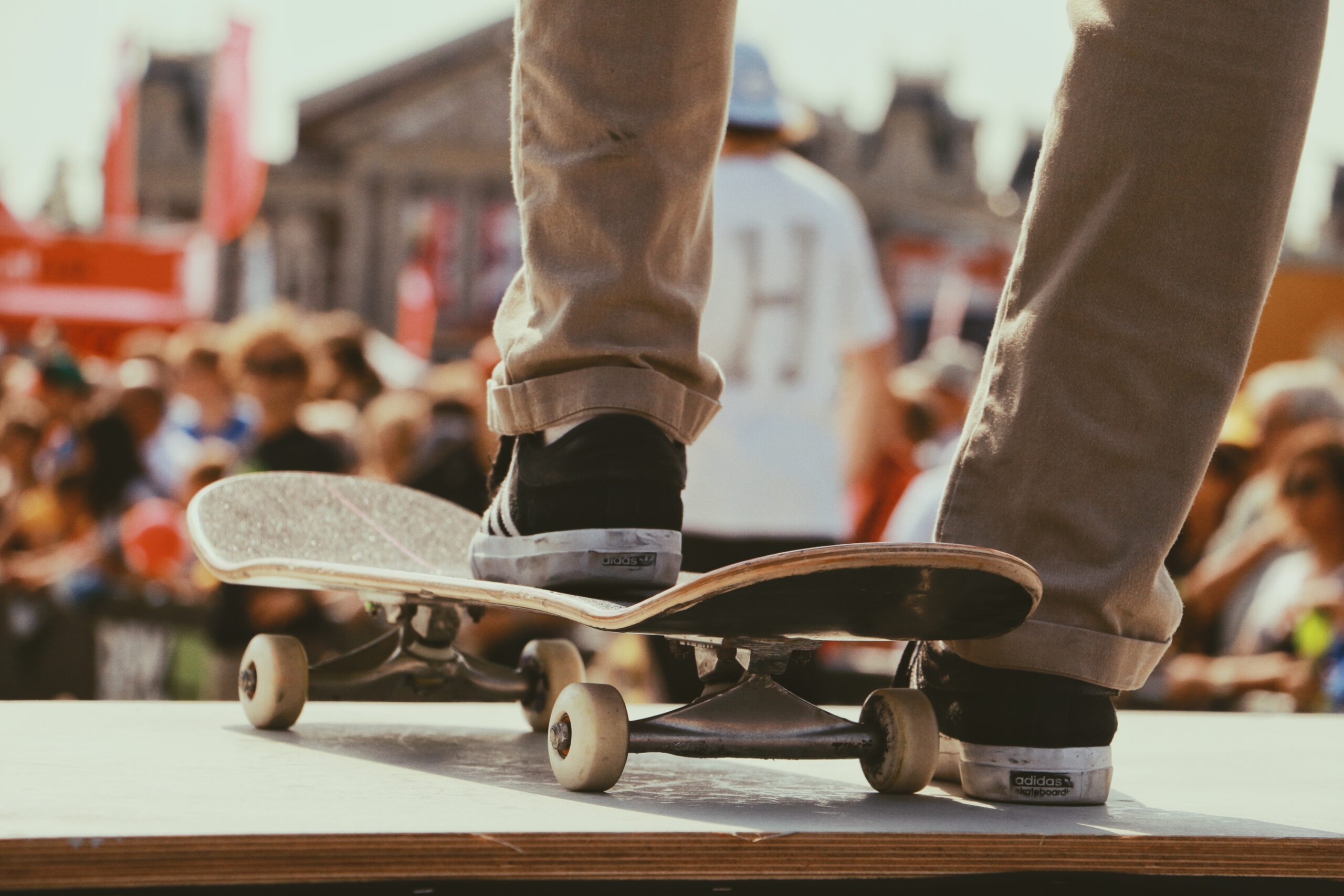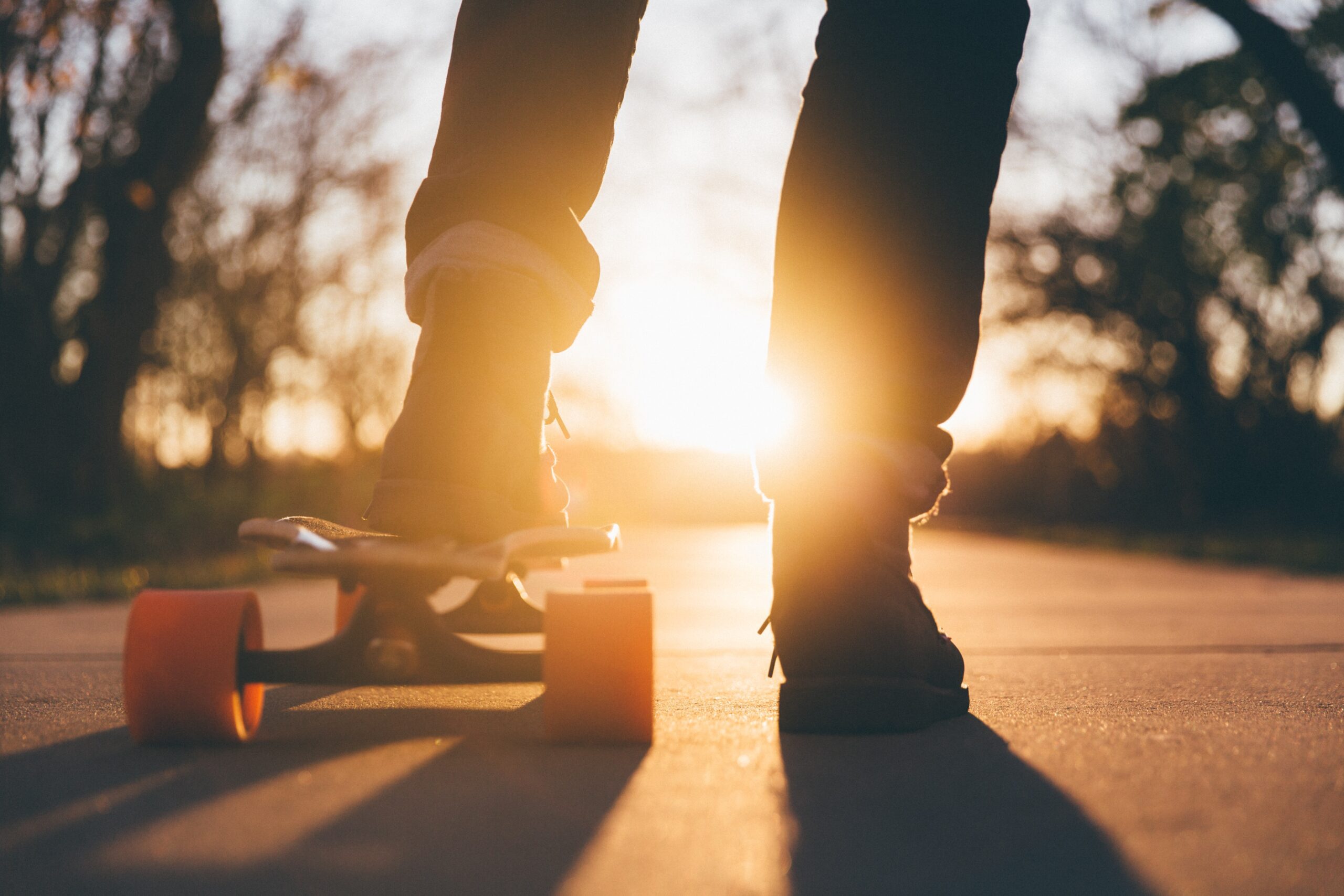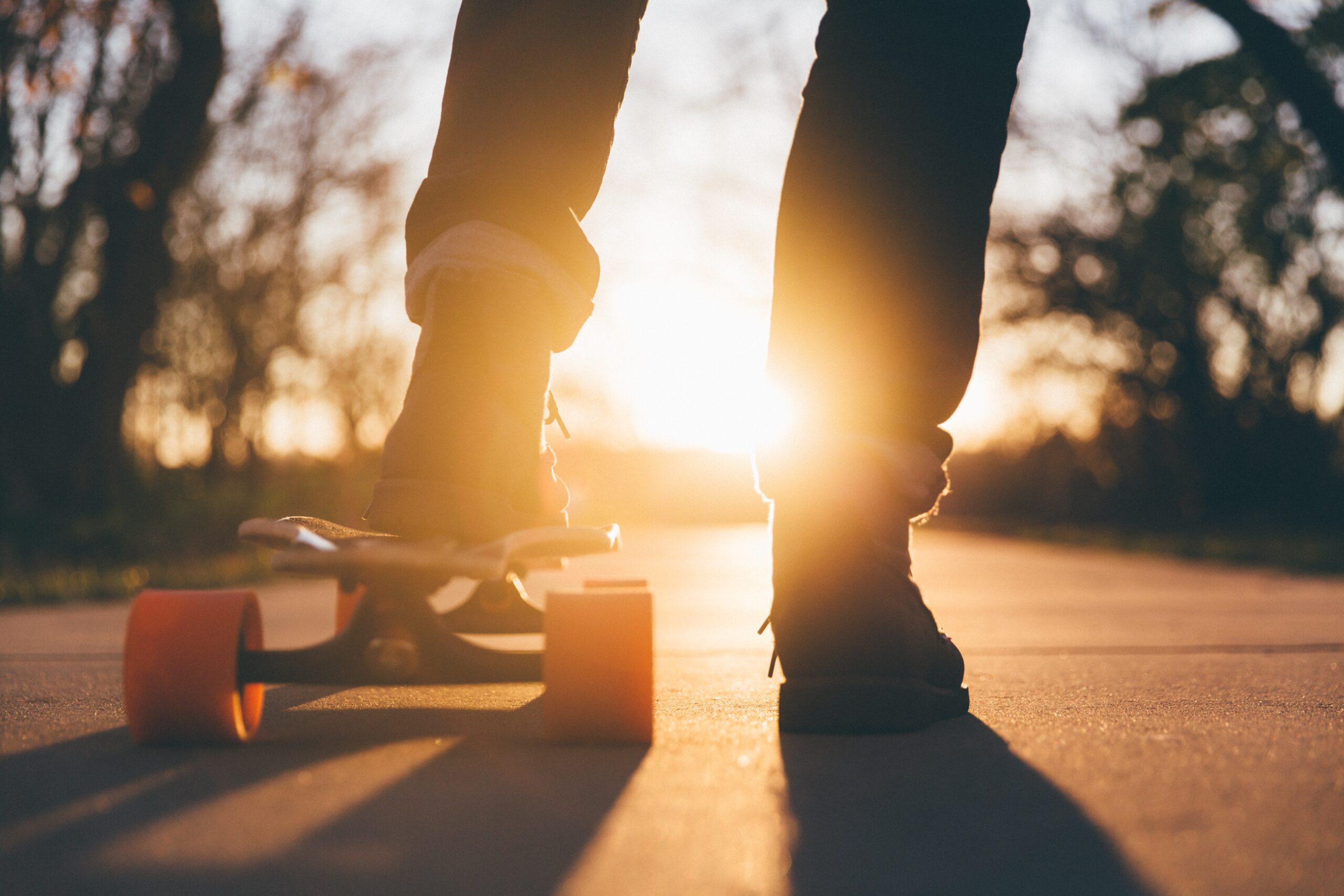Skateboarding is a thrilling sport that requires a precise setup to maximize performance and safety. One crucial element often overlooked by beginners is the role of riser pads in their skateboard. Riser pads, those small, often rubber or plastic pieces placed between the skateboard deck and trucks, play a significant role in enhancing a skater’s experience. They provide numerous benefits, such as reducing vibrations, preventing wheel bite, and increasing the lifespan of the skateboard. In this article, we will explore the essential role of riser pads in skateboard setups and help you understand when they are necessary to take your skateboarding to the next level. So, let’s dive in and discover all there is to know about these unsung heroes of the skateboarding world!
What Are Riser Pads?
Definition and Purpose of Riser Pads
Riser pads are small rubber or plastic components that are added between the skateboard deck and the trucks. They are designed to provide additional height to the skateboard, thus raising the deck above the trucks. The primary purpose of riser pads is to prevent wheelbite, which is when the wheels come into contact with the skateboard deck during tight turns or maneuvers. Riser pads also help improve shock absorption, enhance turning ability, and allow riders to customize their skateboard setups to their preferences.
Different Types of Riser Pads
There are various types of riser pads available in the market, each with its own unique design and characteristics. Standard riser pads are typically made of solid rubber or plastic and come in different thicknesses, ranging from 1/8 inch to 1/2 inch. Some riser pads feature angled wedges, which can further enhance the turning ability of the skateboard. Additionally, there are also hard risers and shock pads, which offer alternative solutions to riser pads. Understanding the different types of riser pads can greatly help in choosing the right one for your skateboard setup.
Importance of Riser Pads
Shock Absorption
One of the key benefits of using riser pads is their ability to absorb shocks and vibrations. When skating on rough surfaces or performing tricks that involve landing with impact, the riser pads act as a cushion between the skateboard deck and the trucks. This helps in reducing the amount of stress absorbed by the rider’s joints and provides a more comfortable riding experience. By absorbing shocks, riser pads also contribute to prolonging the lifespan of skateboard components, such as the deck and the trucks.
Improving Turning Ability
Riser pads can significantly enhance the turning ability of a skateboard. By raising the deck, riser pads allow for a greater degree of lean when making turns, thus increasing maneuverability. This is especially useful for riders who enjoy carving, cruising, or riding in tight spaces where quick and sharp turns are required. Additionally, some riser pads come with angled wedges, which can further amplify the turning abilities of the skateboard.
Reducing Wheelbite
Wheelbite is a common issue that skateboarders face, especially when using larger wheels or performing aggressive maneuvers. It occurs when the wheels make contact with the skateboard deck, causing the rider to lose control or abruptly stop. Riser pads help to prevent wheelbite by creating more clearance between the wheels and the deck. By adding height to the skateboard, riser pads ensure that the wheels have enough space to rotate freely without coming into contact with the deck during turns or tricks. This is particularly important for riders who use big wheels or engage in high-intensity skating.

When Do You Need Riser Pads?
Riding Big Wheels
If you prefer using larger wheels on your skateboard, especially those with diameters greater than 55mm, riser pads are highly recommended. As the wheel size increases, the risk of wheelbite also increases. Adding riser pads to your skateboard setup provides the necessary clearance to avoid wheelbite and allows you to fully utilize the benefits of larger wheels, such as increased speed and improved ride over rough terrains.
Preventing Wheelbite
Even with smaller wheels, aggressive turns or maneuvers can still result in wheelbite. If you find yourself experiencing wheelbite frequently, especially during tricks or sharp turns, it may be a sign that you need to add riser pads to your setup. By raising the height of your skateboard deck, the riser pads create more space between the wheels and the deck, reducing the chances of wheelbite and improving overall control and stability.
Adjusting Deck Height
Some riders also use riser pads to customize the deck height of their skateboards. By adding riser pads of different thicknesses, riders can fine-tune the feel and response of their skateboard to their liking. This is particularly useful for riders who prefer a higher or lower board feel and want to optimize their setup for specific styles of riding or personal preferences.
Choosing the Right Riser Pads
Matching Riser Pad Thickness to Wheel Size
Selecting the appropriate thickness of riser pads is crucial to ensure optimal performance and avoid potential issues. As a general rule, the thickness of the riser pads should be proportionate to the size of your wheels. For smaller wheels (50mm – 54mm), 1/8 inch (3mm) riser pads should suffice. Medium-sized wheels (54mm – 60mm) typically require 1/4 inch (6mm) riser pads. If you are using larger wheels (60mm and above), it is recommended to use 1/2 inch (12mm) riser pads. Matching the right thickness of riser pads to your wheel size will help maintain the desired clearance and prevent wheelbite.
Considering Risers with Angled Wedges
For riders seeking even greater turning ability, riser pads with angled wedges can be a viable option. These riser pads feature a sloped design that creates a wedged effect when placed between the deck and the truck. By tilting the truck slightly, angled riser pads enhance the turning radius of the skateboard, allowing for tighter and more responsive turns. However, it is important to consider the potential impact on stability before opting for angled riser pads, as they may alter the overall feel and stability of the skateboard.

Installing Riser Pads
Tools and Materials Needed
Installing riser pads on your skateboard is a relatively simple process that requires minimal tools and materials. You will need a skate tool or a wrench, as well as the appropriate riser pads for your setup. It is crucial to ensure that the riser pads and mounting hardware are compatible with your skateboard’s trucks and deck.
Step-by-Step Installation Guide
- Start by removing the trucks from the skateboard deck. This can be done by loosening the nuts on the kingpin using a skate tool or wrench.
- Once the trucks are detached, place the riser pads between the skateboard deck and the trucks. Position them so that they align with the four holes on the deck.
- Secure the riser pads in place by inserting the screws through the holes in the riser pads and into the skateboard deck. Make sure the screws are tightened securely but not overly tightened to avoid damaging the deck or the riser pads.
- After the riser pads are securely attached, reattach the trucks to the skateboard deck by screwing the nuts back onto the kingpin. Ensure that the trucks are evenly tightened on both sides to maintain stability and prevent wheel misalignment.
- Repeat the process for the other truck.
- Once both trucks are securely attached to the deck, double-check that all hardware is properly tightened and that the riser pads are aligned correctly.
- Give your setup a test ride to ensure that the riser pads have been installed correctly and that the skateboard feels comfortable and stable.
Common Misconceptions About Riser Pads
Riser Pads Cause More Wheelbite
One common misconception about riser pads is that they increase the chances of wheelbite. While it is true that adding height to the skateboard setup can potentially increase the risk of wheelbite, when used properly and matched with the right wheel size, riser pads actually prevent wheelbite. By providing additional clearance between the wheels and the deck, riser pads effectively reduce the likelihood of wheelbite, allowing skaters to ride confidently without the fear of sudden stops or loss of control.
Riser Pads Make Skateboards Less Stable
Another misconception about riser pads is that they make skateboards less stable. Some riders believe that the additional height created by riser pads compromises the stability of the skateboard. However, this is not necessarily true. Well-matched riser pads can actually improve stability by allowing for better weight distribution, shock absorption, and control. Furthermore, riders who prefer a higher deck feel or a looser setup often find that riser pads can enhance their overall skateboarding experience.

Alternative Solutions to Riser Pads
Hard Risers
Hard risers are an alternative to traditional rubber or plastic riser pads. Made from durable and rigid materials like aluminum or fiberglass, hard risers offer similar benefits in terms of preventing wheelbite and adding height to the skateboard setup. However, unlike traditional riser pads, hard risers do not provide shock absorption. They are typically preferred by riders who prioritize maximizing turning capabilities and stability without compromising board feel.
Shock Pads
Shock pads, also known as shock absorbers, are another alternative to riser pads. These thin rubber pads are inserted between the skateboard deck and the trucks, similar to riser pads. The primary purpose of shock pads is to dampen vibrations and impacts, thereby reducing the strain on the rider’s feet and joints. While shock pads do not raise the height of the skateboard, they can contribute to a smoother and more comfortable ride, especially on rough or uneven surfaces.
Rider Preference and Experimentation
Some Skaters Prefer No Riser Pads
While riser pads offer numerous benefits, not all skateboarders choose to use them. Some skaters prefer the feel and responsiveness of a skateboard without riser pads. This is often the case for riders who prioritize a low deck height, maximum board feel, or a more stable setup. Ultimately, the decision to use riser pads or not depends on personal preference and the specific style of riding.
Experimenting with Different Deck Setups
As with any aspect of skateboarding, experimenting with different setups is key to finding what works best for you. This includes trying out different combinations of riser pad thickness, wheel size, and deck height. By exploring various setups, riders can discover the optimal configuration that suits their riding style, preferred terrain, and personal preferences. It is important to approach experimentation with an open mind and willingness to adapt until finding the perfect skateboard setup.
Conclusion
Riser pads play a crucial role in skateboard setups, providing additional height to the deck and offering several benefits such as shock absorption, improved turning ability, and reduction of wheelbite. They are particularly important when riding big wheels, preventing wheelbite, or adjusting deck height. When choosing riser pads, it is important to match the thickness to the wheel size and consider options with angled wedges for enhanced turning ability. Installing riser pads is a straightforward process that requires minimal tools and materials. While there are some common misconceptions about riser pads, they do not cause more wheelbite and can actually improve stability when used correctly. Alternative solutions such as hard risers and shock pads offer different benefits to cater to individual preferences. Ultimately, rider preference and experimentation are key in finding the perfect skateboard setup that suits your riding style and terrain. So, next time you’re considering upgrading your skateboard, don’t forget to give riser pads a thought and see how they can enhance your skateboarding experience.

